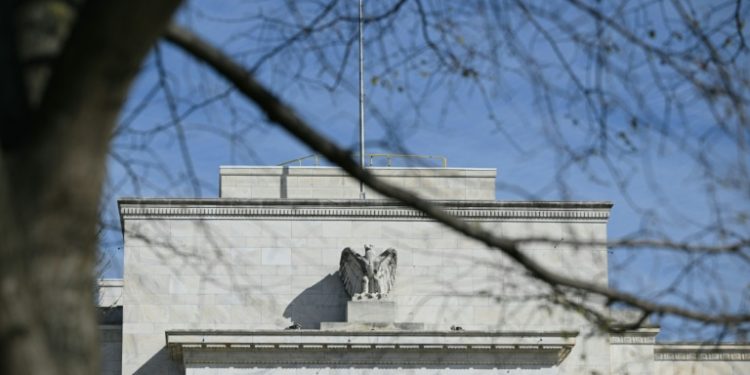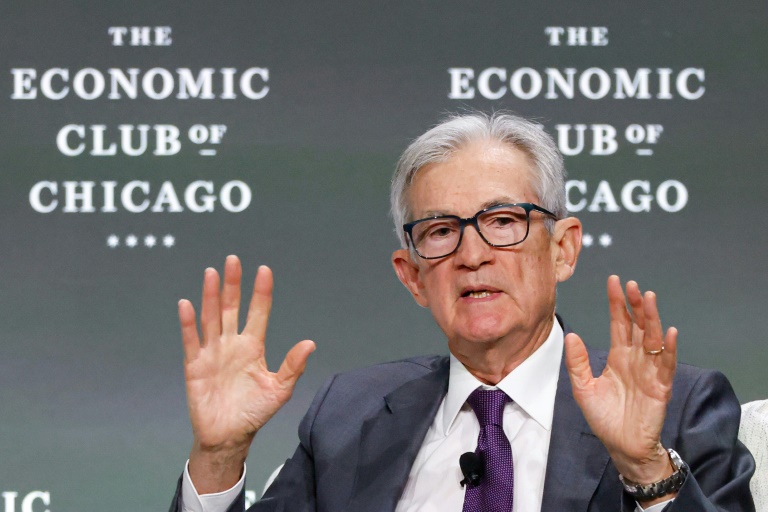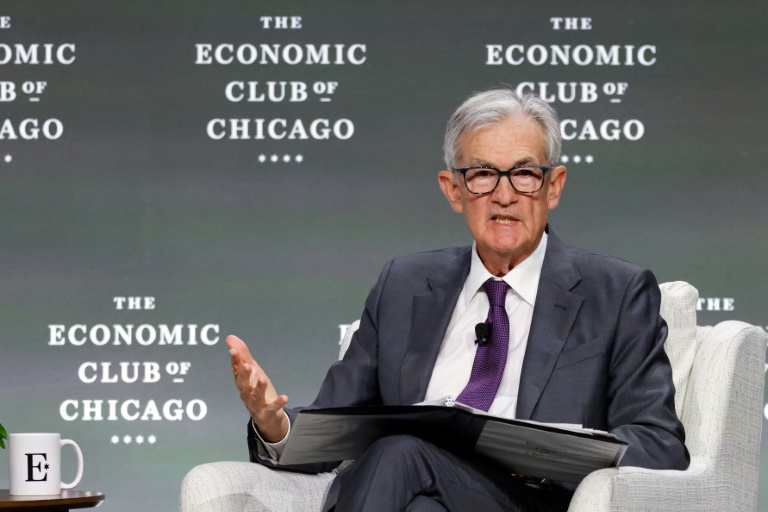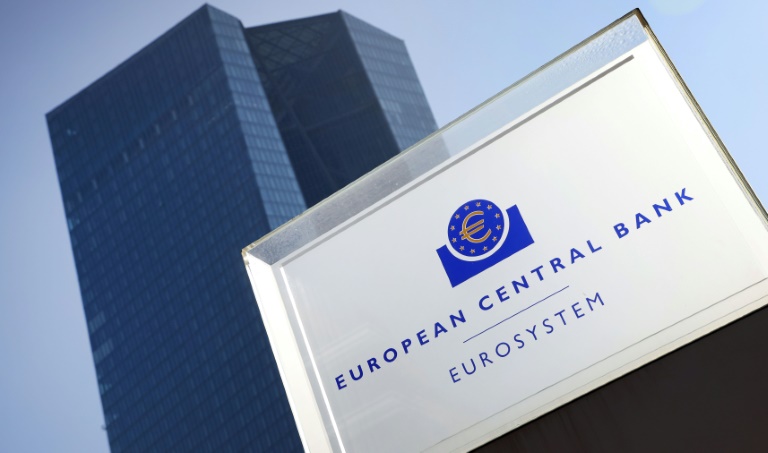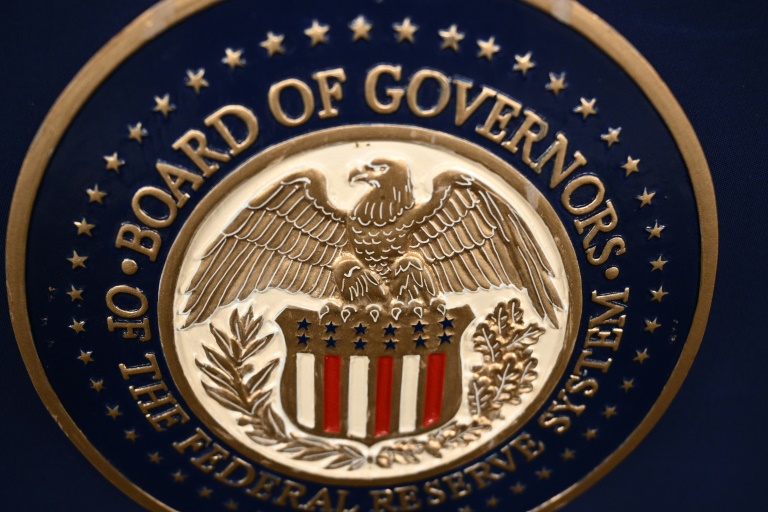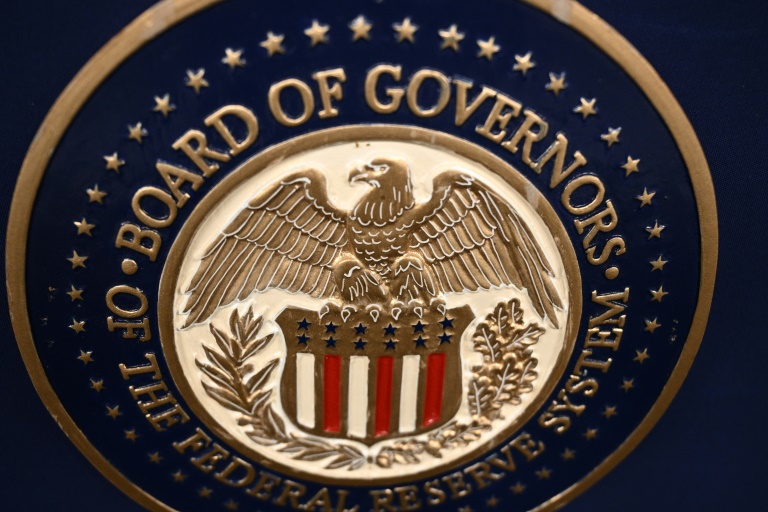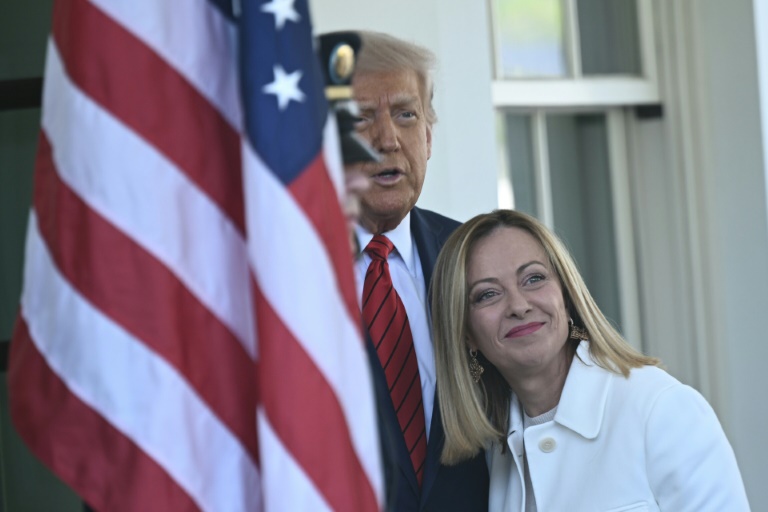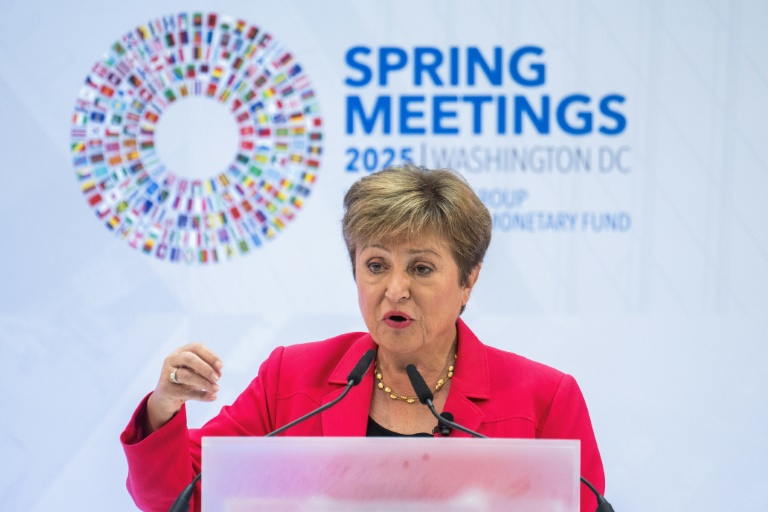Washington (AFP) – The US Federal Reserve could provide additional clues on Wednesday about how much it will cut interest rates this year, but it is almost certain to leave its key lending rate unchanged for the time being.
Policymakers on the Fed’s rate-setting Federal Open Market Committee (FOMC) began their second day of deliberations at 9:00 am local time in Washington (1300 GMT), the Fed confirmed in a statement.
After the meeting concludes, the Fed will publish its interest rate decision, along with an updated summary of economic projections (SEP) that includes policymakers’ interest rate expectations for 2024 and beyond.
The US central bank has lifted its key lending rate to a 23-year high of between 5.25 and 5.50 percent as part of a long-running battle to bring high inflation back down firmly to its long-term target of two percent.
Last year, its policy proved to be a success: inflation eased dramatically from the multi-decade highs seen in 2022, while the United States was able to avoid a recession thanks to unexpectedly strong economic growth in quarter after quarter.
But 2024 has been more challenging for the Fed, with the US seeing a small uptick in the pace of monthly inflation — renewing fears that interest rates will have to remain high for longer to bring prices under control.
“Since the start of this year, expectations about 2024 central bank easing have been pared back materially,” economists at JP Morgan wrote in a recent investor note.
“But that has not disrupted the general trend toward an easing in global financial conditions,” they added.
– Change of tune –
Back in December, policymakers on the FOMC penciled in a median of three 0.25 percentage point rate cuts this year, raising hopes in the financial markets that they could start as early as March.
But in the weeks that followed, Fed officials used public appearances to caution against moving too quickly and reigniting inflation, stressing that any decisions on rate cuts would be “data-dependent.”
As a result, market expectations among traders, and many analysts, was pushed back from March to June, or even later.
“We continue to expect the FOMC to leave the Fed funds rate unchanged at the March meeting and to begin the easing cycle in June,” economists at Goldman Sachs wrote in a recent note to clients.
Futures traders currently assign a probability of more than 60 percent that the Fed will start cutting interest rates by mid-June, rising to almost 80 percent by the end of July, according to CME Group data.
“We expect a fairly hawkish outcome,” Barclays economists wrote in a recent investor note, predicting that policymakers on the Fed’s rate-setting Federal Open Market Committee will roll back the number rate cuts from three to two.
However, although they expect the number of cuts forecast to fall to two, the Barclays economists expect the Fed will actually institute three cuts this year, leaving the interest rate 0.75 percent lower by the end of 2024 than it is today.
“We retain our baseline call that the FOMC will initiate a methodical, every-other meeting cutting cycle in June, continuing through 2025,” they wrote.
Economists at Goldman Sachs now see the same number of cuts on the menu this year, after recently paring back their forecast in an investor note from four cuts in 2024 to just three, “mainly because of the slightly higher inflation path.”
– Balance sheet discussions –
After the rate decision is published, Fed chair Jerome Powell will take questions from reporters, with much of the attention likely to focus on the path of interest rate cuts.
But he is also likely to be quizzed about the Fed’s balance sheet, as policymakers begin discussions about when to start slowing down the rate at which the US central bank sells off the assets it purchased during the Covid-19 pandemic to help prop up the then-ailing economy.
But despite the talks, no decision is expected this week, according to economists from Barclays, who said they “don’t expect the FOMC to alter its communication at this point.”
The Fed’s interest rate decision will come shortly after the Bank of Japan raised interest rates for the first time in 17 years, in a move that cheered financial markets in Tokyo but sent the yen falling against the dollar.
Other central banks, including the Bank of England, are scheduled to announce their interest rate decisions later this week.
© 2024 AFP

